Thinking deep about distributed energy
As Australians continue the uptake of small-scale energy assets such as rooftop solar and home batteries at unprecedented rates, the energy industry is yet to reach consensus on how best to support this transition and keep up with the pace of change.

Australia has almost 10 GW of rooftop PV and is adding almost 2.5 GW per annum. At this rate of growth, the physical limits of the grid are increasingly under pressure, which is leading to greater constraints and growing stability and reliability issues.
Together with industry and customer groups, the organisations involved in the Distributed Energy Integration Program are taking the lead in helping to overcome these challenges.
A transformed energy system can reap enormous benefits. For example, the CSIRO, AEMO and Energy Networks Australia estimate that successfully integrating distributed energy resources could deliver more than $1 billion in benefits by 2035 and $16 billion by 2050 off the back off a more efficient use of distribution networks and by avoiding expenditure on new generation and infrastructure.
Since the initiative was launched, DEIP representatives have worked to categorise key priorities into four work packages:
1. DER Access and Pricing
Building consensus and developing arrangements to support evolving regulatory frameworks to meet changing community expectations and higher penetration DER
- Equitable DER access arrangement
- Two way pricing model (6.1.4)
- Complementary measures (incentives, demand response)
- Regulatory investment frameworks
- Customer insights and engagement
2. DER Interoperability (Data, Communications & Cyber Security)
Coordinated industry wide support and implementation of a DER interoperability platform, cyber security and device standards
- Data scope, quality and access
- Communications protocols (API working group)
- Cyber security and controls
- Device standards
3. DER Market Development
Testing the theory in practice for how DER marketplaces may deliver the most efficient outcome for consumers
- Market trails – do and learn (e.g. VIC DER marketplaces)
- Connectivity middleware (deX + others)
- Test OpEN and alternative models
- Network monitoring and operating environment (Evolve and State Estimate Tools)
- Aggregators, planning and forecasting
4. Electric Vehicles
Facilitating the efficient integration of EVs into existing networks and markets
- EVs as DER (flexibility and coordination of EV demand)
- EV specific integration issues
- Fleet changing demonstrations (cars, buses, trucks)
- Demonstrations of V2X (including both V2G and V2H)
- Managed/smart charging demonstrations
- Connecting EV industry to electricity market reform
No one organisation has the responsibility or capability to deliver the above prioritised work packages alone and there remains a need for ongoing collaboration among stakeholders involved to make sure tangible outcomes are realised.
What’s next and how to remain involved?
Each work package has an agreed work plan and list of measurable outcomes (see DEIP CEO Forum materials as background). These will build on the work that’s already begun and is already starting to show dividends. Some of the milestones are outlined below:
- The DER Access and Pricing package will support the development of a ‘wholistic’ reform package, including a likely rule change request, that considers regulatory reforms for a two-way power system. Stakeholder workshops are scheduled in March and findings will be published in a summary report shortly thereafter. For more information on the latest progress and materials from the access and pricing work, visit the DEIP webpage.
- The DER Market Development package will support an industry funded pilot toward establishment of an integrated DER marketplace. Working groups are now being formalised and will build on learnings from distributed energy markets pilots which are underway and due begin throughout Australia.
- The DER Interoperability package will support the implementation of common communication, continued improvement of product standards and cyber security protections for Australia. Building on the national API working group, priorities are being refined for this package and working groups are being established.
- The Electric Vehicle package will establish a series of taskforces to resolve specific challenges in EV grid integration.
Summary of Key Links:
DEIP Members
The DEIP steering group is currently made up of 13 organisations.
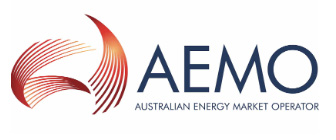 | 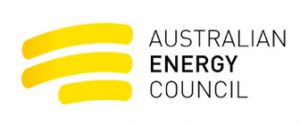 | 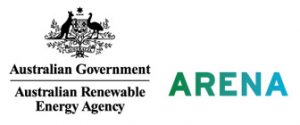 | 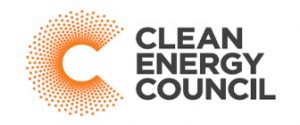 |
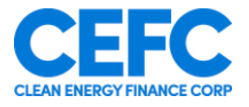 | 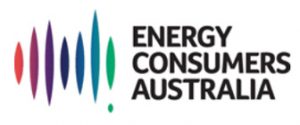 |  |  |
 |  | 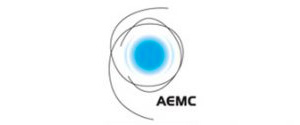 | 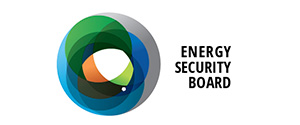 |
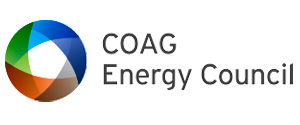 |
LIKE THIS STORY? SIGN UP TO OUR NEWSLETTER

ARENA